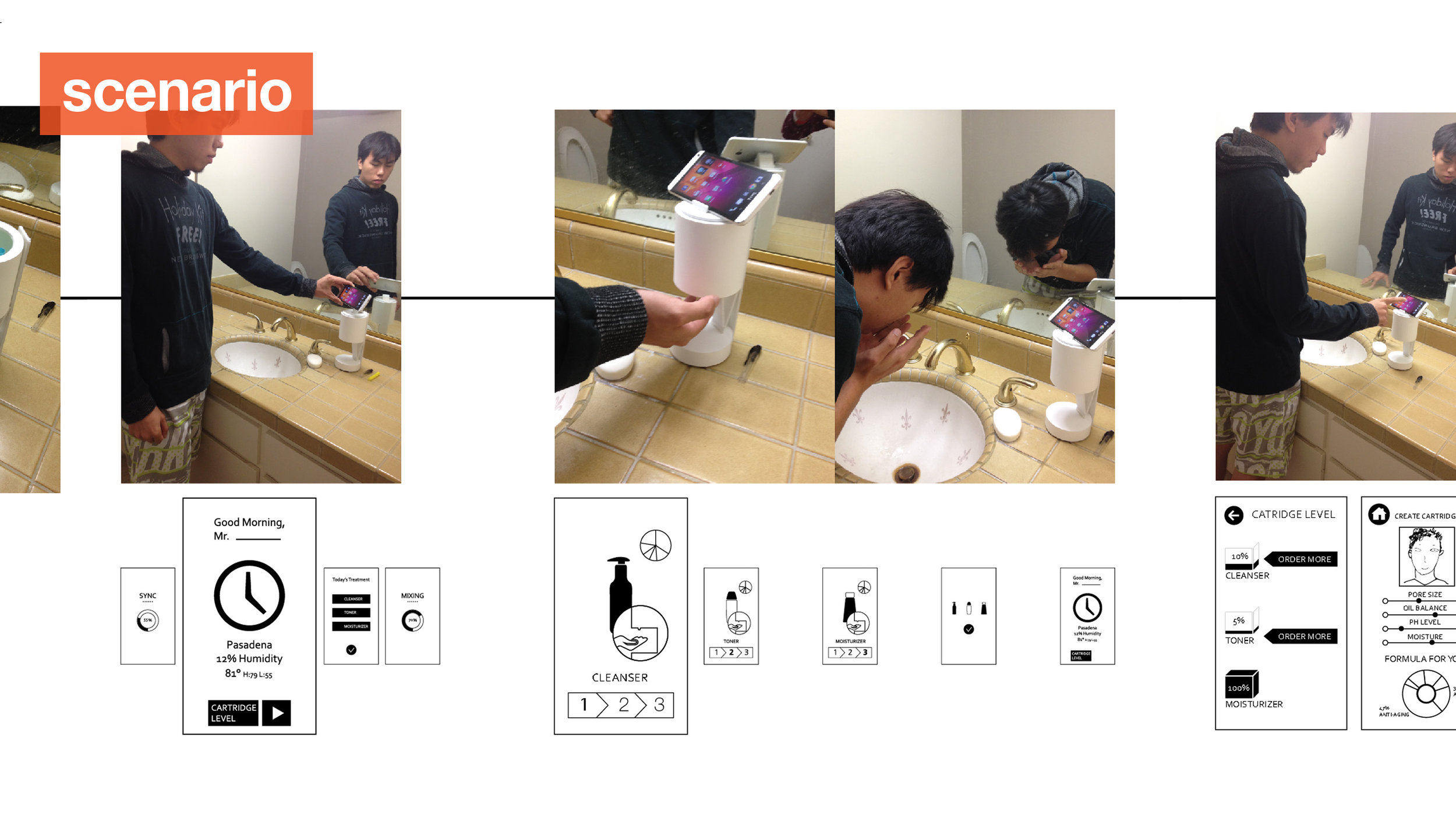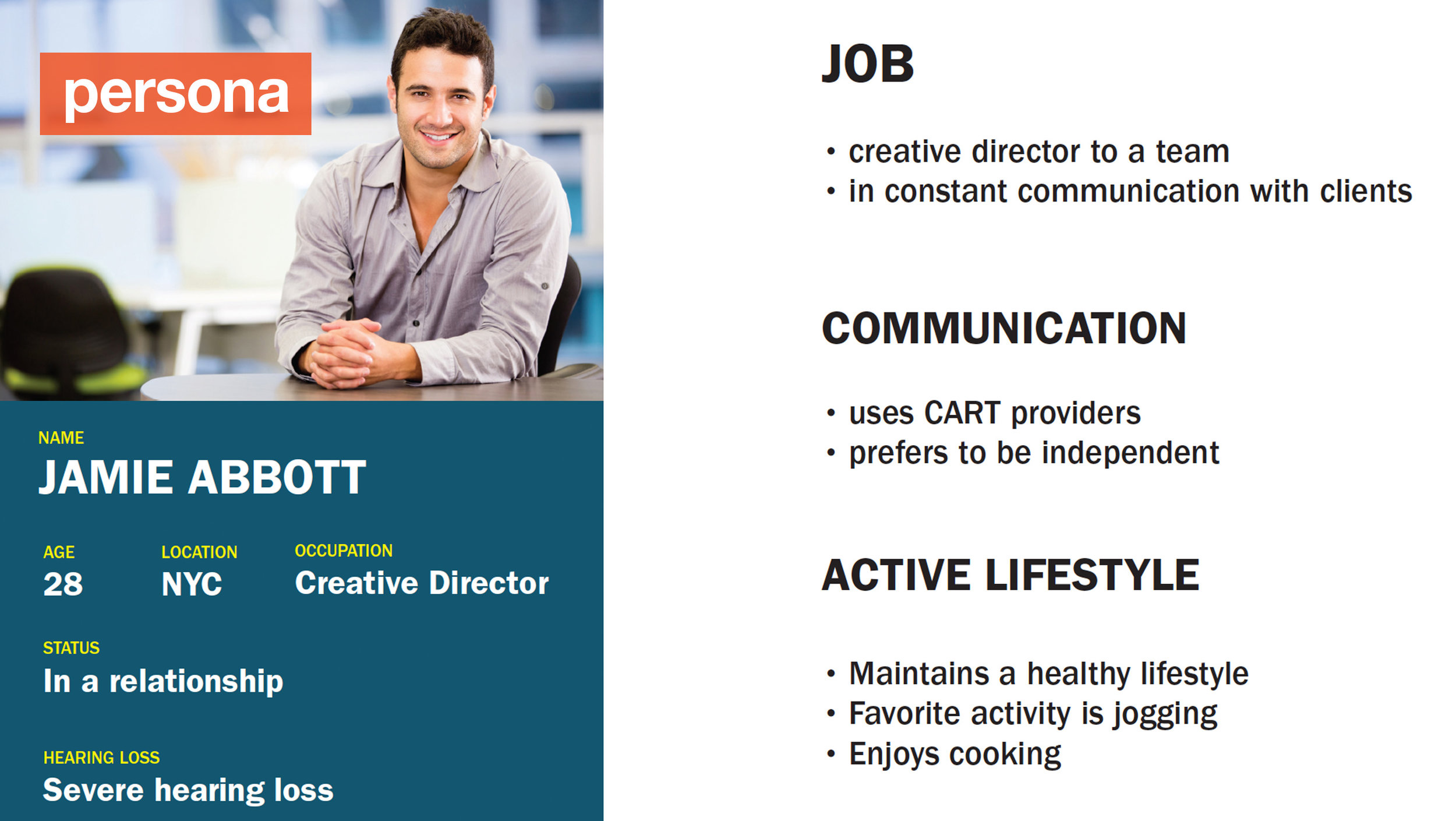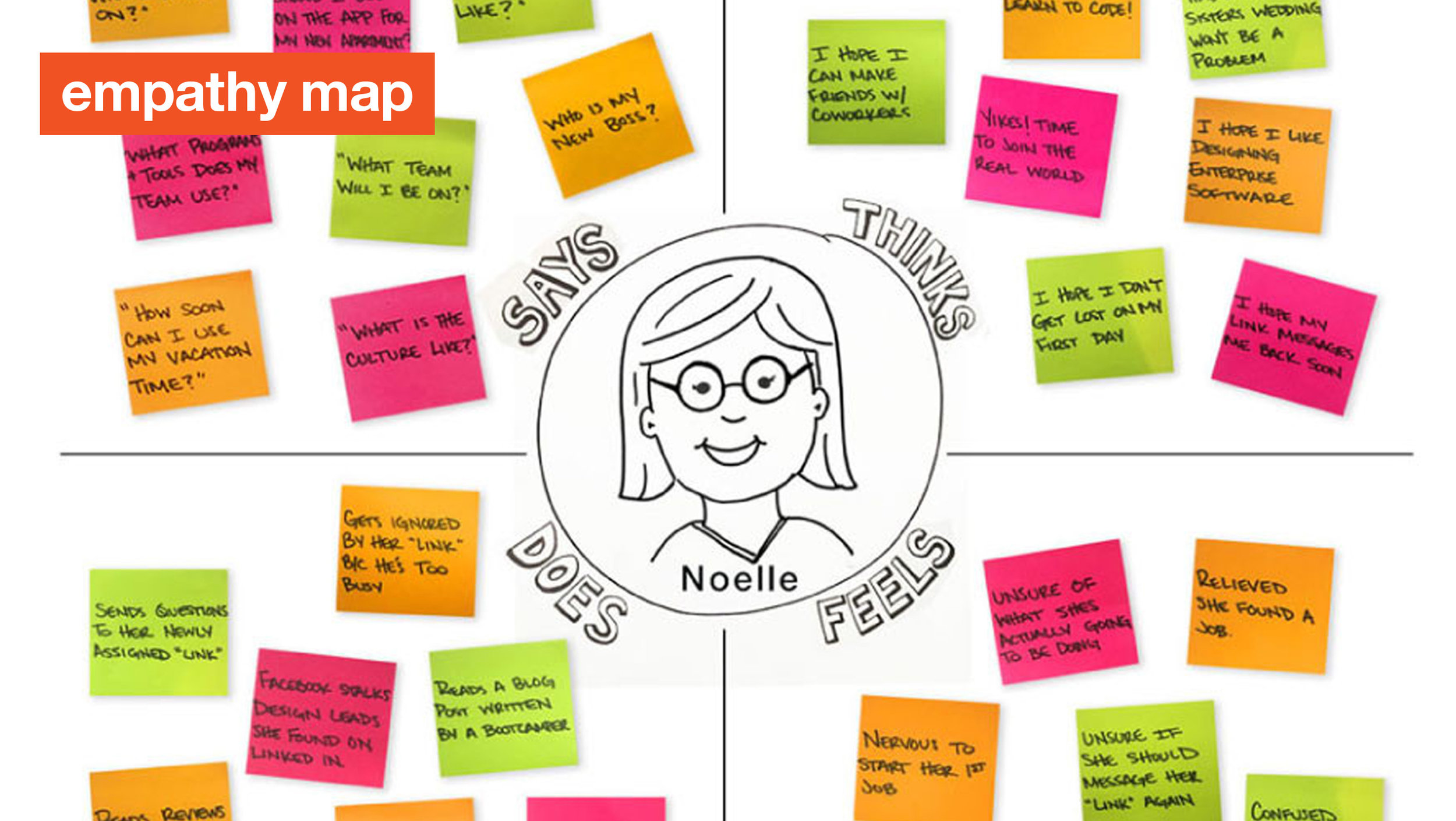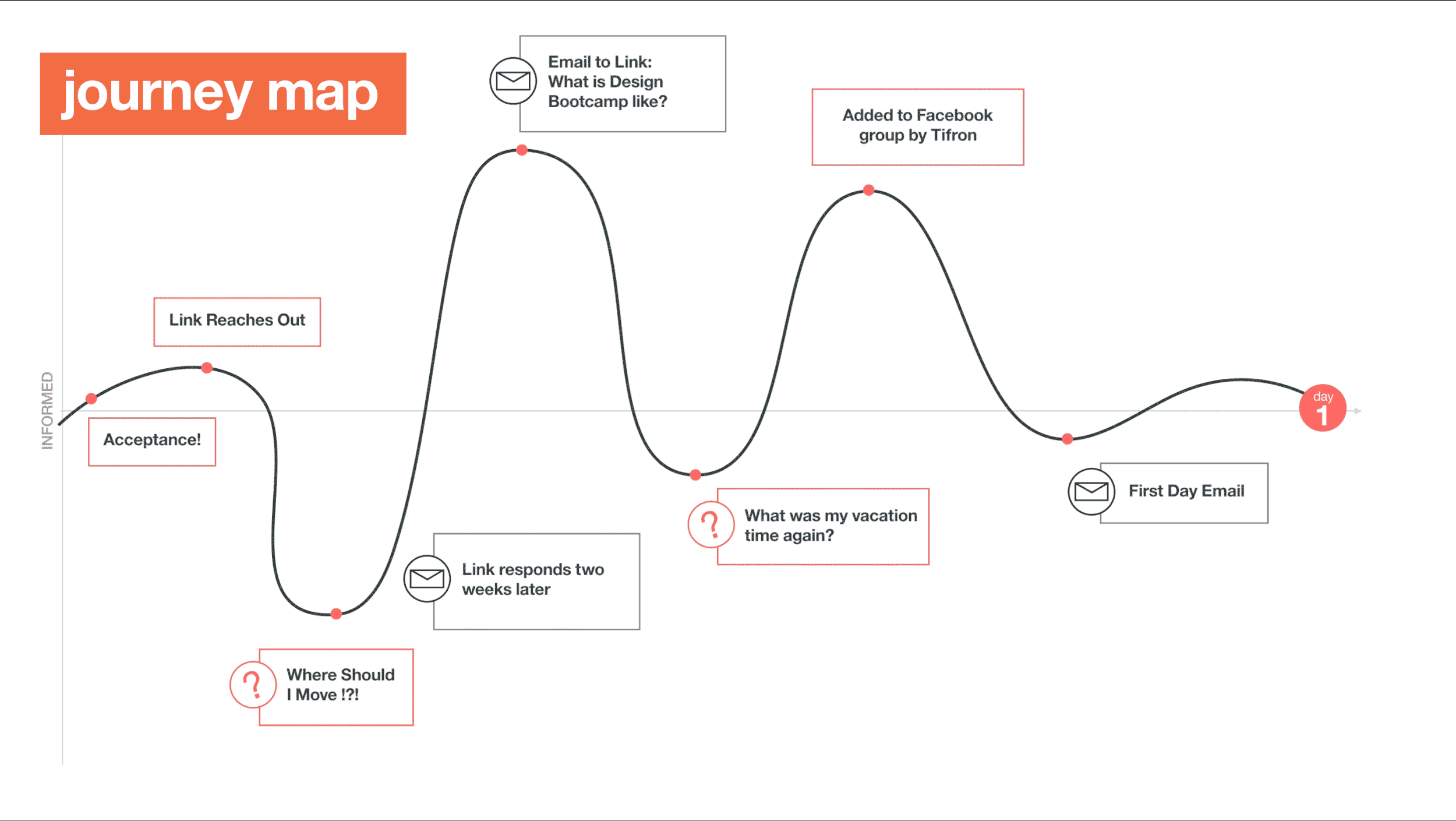Design Thinking
Think
When diving in a design challenge, it is important to test different methods for a successful project outcome.
METHOD TOOLKIT
Below are some examples of design methods that I've used in my work.






Lessons from IBM Design
Practice six core values for successful Design Thinking engagement with others.
CORE VALUE ONE
Empathy
Everything I do, I do in service of the users. However, they're more than just "users" to me. They are real people who feel, think, say, and do. I strive to get to know these people through interviews, observation, and social experiments. When I dig deeply and step in their shoes, I can begin to see their world and discover all the opportunities to improve it, through a powerful lens.
TIP
The most powerful and effective way to use empathy as a tool is through storytelling. Crafting a compelling story premised on empathy will provide authentic insights into the needs of the people we design for.
CORE VALUE TWO
Vulnerability
For a successful project outcome, you have to allow yourself to be vulnerable and take some risks. You have to open yourself up to constructive criticism. You must embrace the uncomfortable, the uncertain, and the unfamiliar—and do so often early on. By taking risks, you actually give yourself permission to be fantastically creative. You get to pursue lots of different ideas and arrive at unexpected solutions. By embracing ambiguity, and by trusting the design process, it will guide you towards an innovative answer.
Failure is an inherent part of the design process because we rarely get it right on our first try. Vomit ideas out into the world and use them to keep learning, keep asking, and keep testing. When designers get it right, it's because they got it wrong first.
Thomas Edison once said, “I have not failed. I’ve just found 10,000 ways that won’t work.” And for designers, sorting out what won’t work is part of finding what will.
CORE VALUE THREE
Curiosity
Release the inner child in you and ask questions. Don't be afraid to ask questions... There are no stupid ones. Demand clarity from project stakeholders. Ask all the questions to ensure you understand the project scope and what the focus is. You will waste a lot of time if you are not on the same page as the rest of your team and stakeholders. Always question and test your assumptions, and quickly throw ideas out into the world. Everything is worth exploring and measuring. It's the only way to discover brilliant ideas.
TIP
Ask all the essential questions: What? Where? When? How? Why? WTF?! As a bonus question, ask: What if?
CORE VALUE FOUR
Humility
Admit it—you don’t know everything, and you never will. But you do know a lot about some things, and a bit about a lot of things. Take every opportunity you can to prod and consult the many minds around you, add to what you know, and share what you do know with others. Humility also means being receptive to critique—recognizing that others can strengthen your skills by challenging you.
TIP
Have a pow wow or a quick meeting with your project stakeholders frequently. Schedule a playback or critique once a week, inviting your other colleagues to give feedback.
CORE VALUE FIVE
Flexibility
Conflict and disagreements will inevitably come up on a team. Being flexible builds rapport and creates an open collaborative environment. A strong team dynamic requires leaving your ego at the door, being open and accepting of new ideas, counter-arguments, and technical feasibilities. Stand up for your ideas and opinions but also be willing to compromise. It can be a difficult balancing act, but it's for the sake of serving the people we design for. You also have to be flexible with project constraints that come up. Find, embrace, and use these constraints to discover new and different ways to connect the dots, frame the problem, and build a better solution.
CORE VALUE SIX
Integrity
Your word is your bond; do what you say you're going to do. Get shit done, but make sure that you don't ship shit. Take pride in every pixel. Back up your design decisions with clearly documented research and alignment with your teammates. Explain the path you took to get to an outcome, as well as those that didn’t work out. Advocate for your approach and choose your battles wisely. Only you can prevent crappy user experience.






